Overview
Size
Humboldt Park is rather large in both population and geographic size. Based on the data from social explorer and google earth, Humboldt Park’s population ranges from about 55,000 to 65,000 people and contains about 1302 acres of land in all (slightly over 2 square miles).
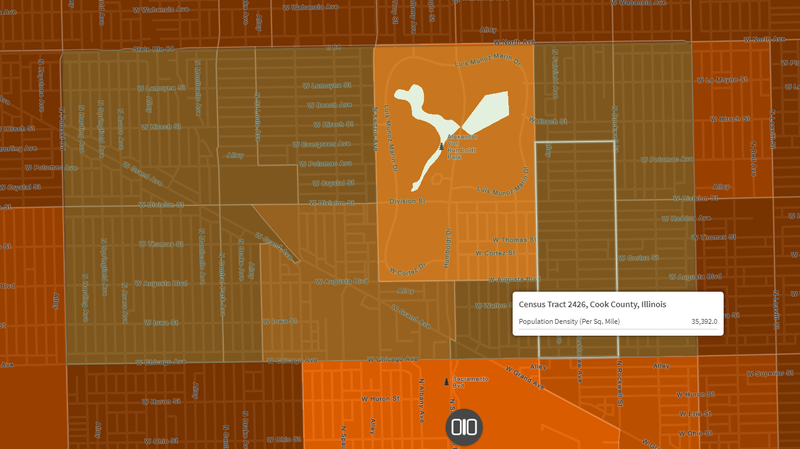
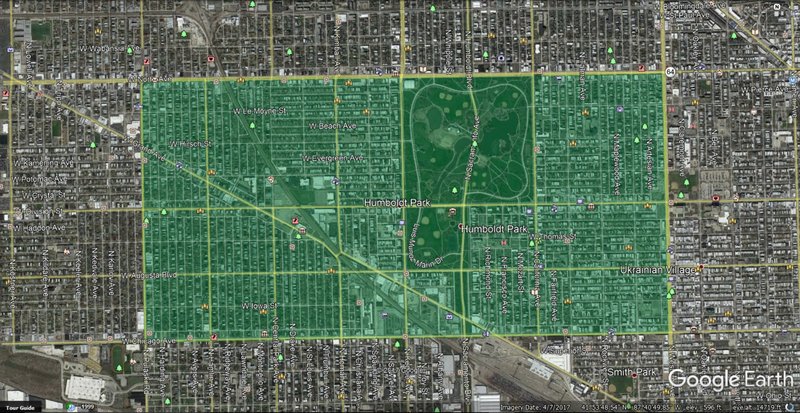
Identity
Humboldt Park mostly has a coherent identity. It has had a very strong Puerto Rican presence since the 1970’s, and the commercial and public areas definitely reflect this identity. There are a couple “themes” one could gather from simply walking around the area. For example, there is a lot of pride in the Puerto Rican heritage on display in terms of art and murals, flags displayed, Spanish language accommodations, local shops, corner stores, restaurants and numerous community centers. More notably there are two giant metal “gates” that are in the shape and color of the Puerto Rican flag, as well as mythical creatures and culturally significant items on the street light poles’ banners, and multiple murals of a controversial hero, Oscar Lopez Rivera.
There is also a sense of wanting what’s best for the community and trying to escape the evils of rampant crime in Chicago. There are multiple advertisements for private schooling opportunities, as well as a mural on Division that records how many people have been shot and how many have been killed in Chicago on that day. Accompanying that mural in a much less graceful manner is some strong language that condemns drugs and drug users. While the Puerto Rican and other Hispanic presence is quite easily the strongest in terms of presentation, Humboldt Park has a significant African American and White American population as well. Most Non-Hispanic Whites generally populate the north-eastern side of Humboldt Park and most African Americans generally populate the southern and south-western portions. Those portions do seem as though they are separate neighborhoods from the rest of Humboldt Park due to the difference in the stores and general culture. One thing that remains similar in all of the residential areas are the brick houses and apartments. They are all mostly 2 to 5 stories high and are built close together. Most seem alike in terms of looks and style, but there are occasional unique modern-styled buildings sprinkled in between randomly.
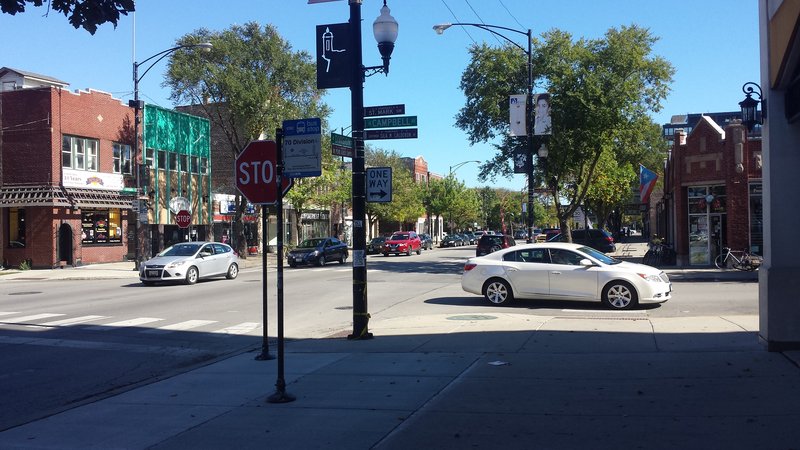
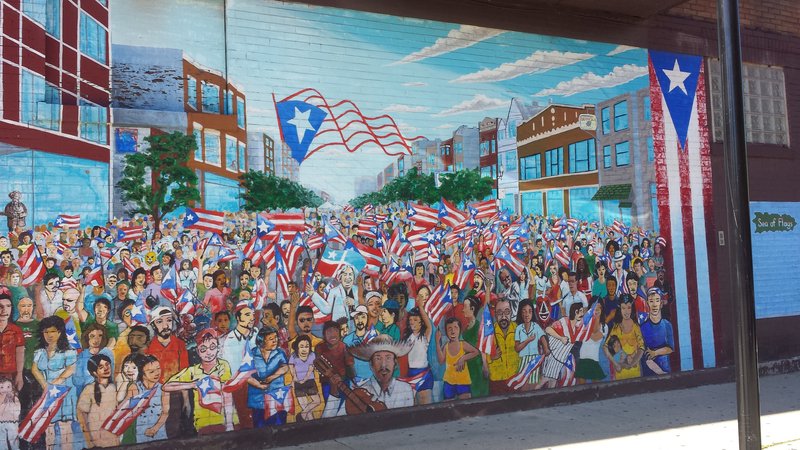

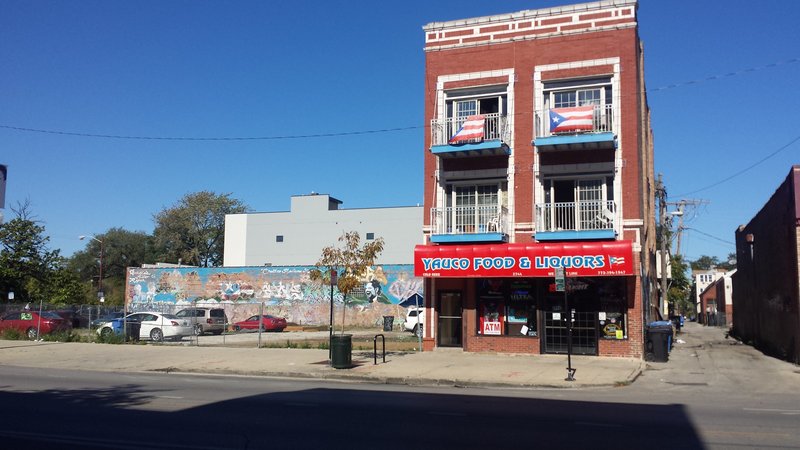
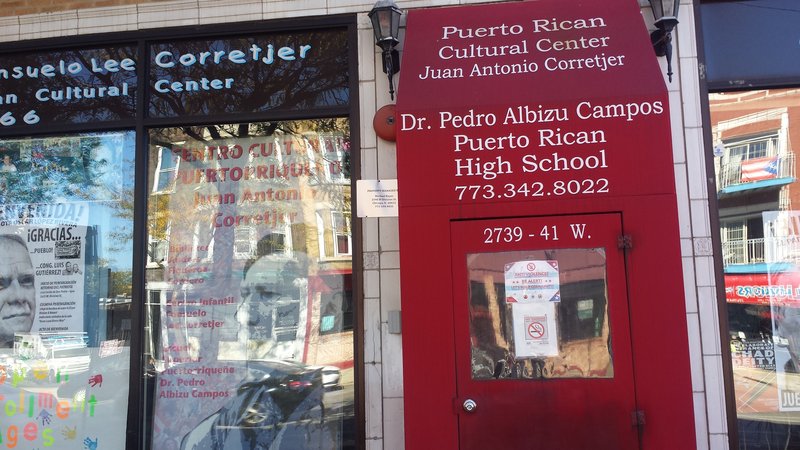

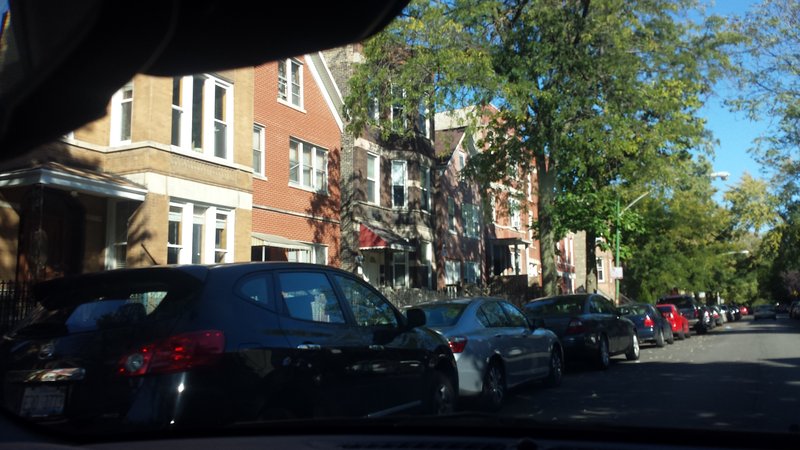
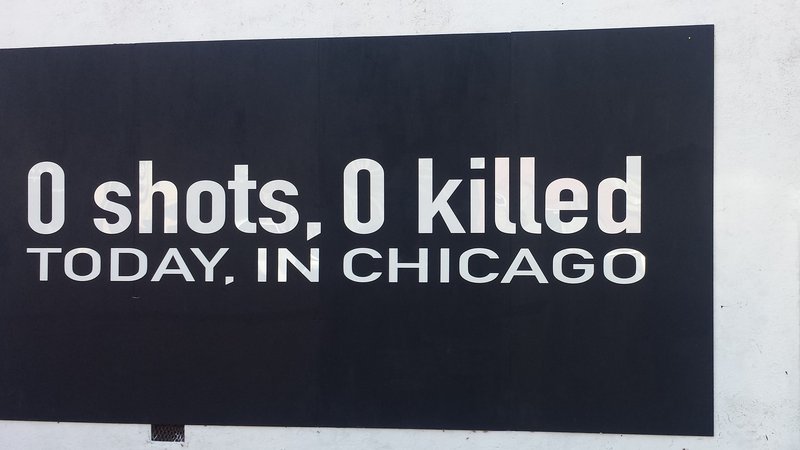
Layers
When searching Humboldt Park on the web, Google maps gives the area delineation in the orange shaded area. While this is technically the community area and includes part of West Humboldt Park, it does not include a significant portion of the neighborhood area of the Humboldt Park neighborhood. The eastern half is considered part of the West Town Community Area.
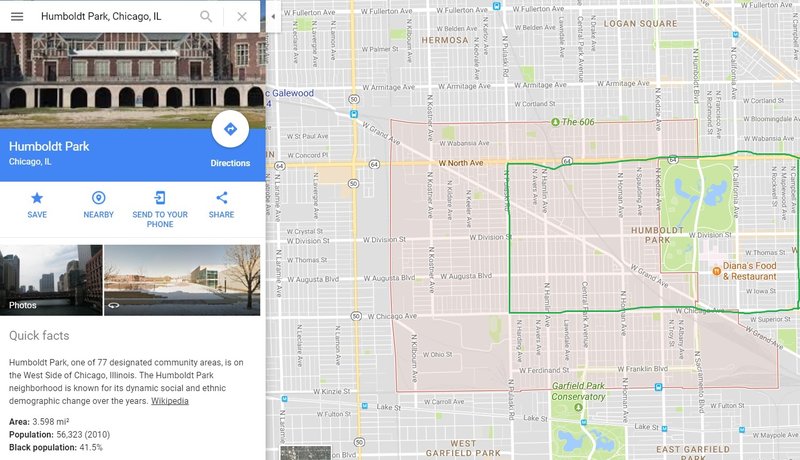
Other layers include that of the East Humboldt Park Neighborhood Association and the two Chicago Public High School District Boundaries. The Association’s goal as stated on their website was “to help improve the quality of life (safety, commercial interest, amenities) of East Humboldt Park.” The Association’s boundaries are bordered in purple, Orr Academy High School is circled in red and its boundary is also in red, while Clemente Achievement Academy High School is circled in blue and has its boundary also in blue.
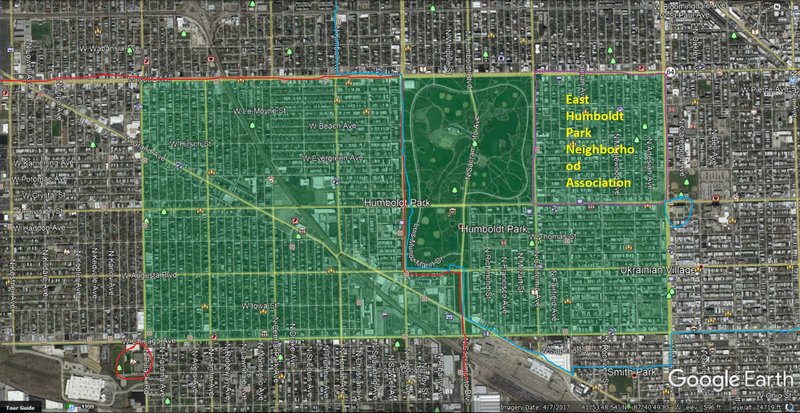
In terms of Aldermanic Wards, the Humboldt Park neighborhood has 4 wards within it in total. These wards being ward 26 at its heart, ward 1 to the northeast, ward 37 to the southwest corner, and ward 27 to the south of Grand Ave in the southwest.
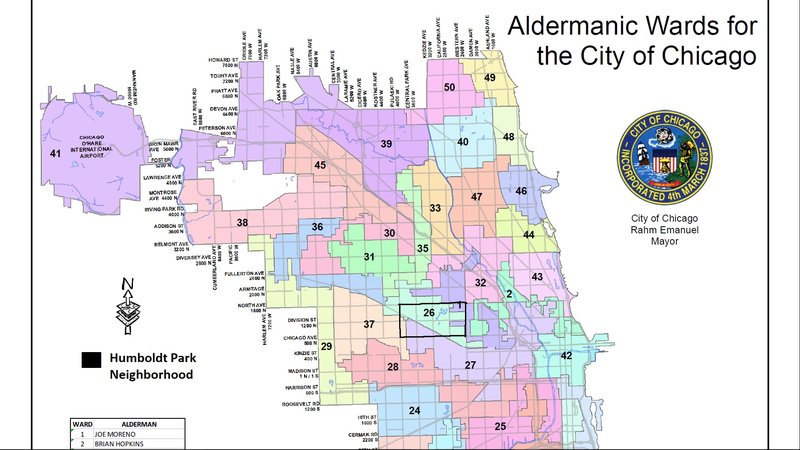
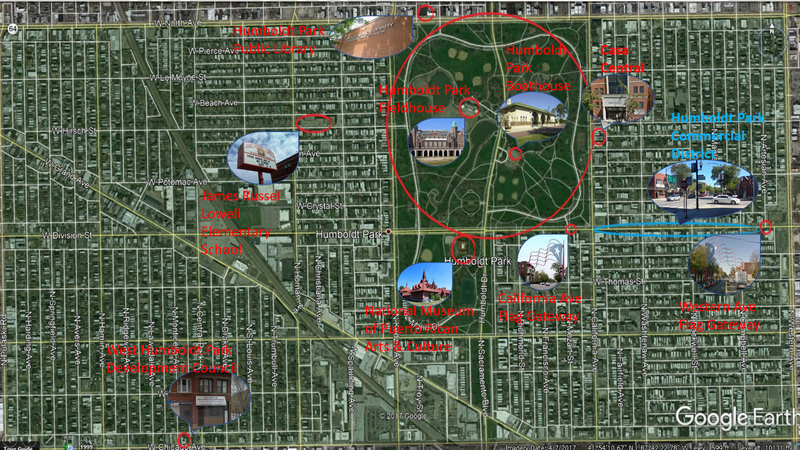
History
Humboldt Park was named after Alexander von Humboldt and was annexed to Chicago in 1869 along with much of its west side. In its beginnings it was a prairie settlement. At the time of its annexation, the three great West Side Parks were starting to develop. After the Great Fire of 1871, new building laws were adopted in Chicago, but Humboldt park was just outside the new fire code limits, allowing the area to make low-cost construction possible. This caused the area to experience dramatic gains in real-estate value in the early 1870’s. Brick housing was the most common type that was built in the area. The original inhabitants were mostly German and Scandinavian (Norwegian & Danish), and many of the new residents were employed at the Chicago & North-Western Railroad’s 40th Avenue shops or in factories. The street railway system arrived at Humboldt Park in 1886, which encouraged even greater growth in the population. Later, in the early 20th century, Russian Jews, Italians, and Polish people became significant groups within the population of Humboldt Park. By 1960, Italians became the largest remaining European ethnic group as many of the Jewish residents moved to Albany Park and North Park. The next significant entrants were Puerto Ricans in the 1950s and 1960s, as they started moving in from West Town and migrating directly from Puerto Rico as well. Division Street anchored settlement for Puerto Ricans since the 1960s due to its stores and restaurants. Puerto Ricans faced an incredible amount of discrimination from the white inhabitants, leading to unrest within their community. This led to a three-day riot in Division Street against police after a Puerto Rican man was shot by a white police officer in 1966. Around the 1960s and 1980s, African Americans and Mexican immigrants joined the community mix, eventually rivaling the Puerto Rican numbers.
References
1. https://www.socialexplorer.com
3. http://www.easthumboldtpark.org/
5. http://www.encyclopedia.chicagohistory.org/pages/617.html
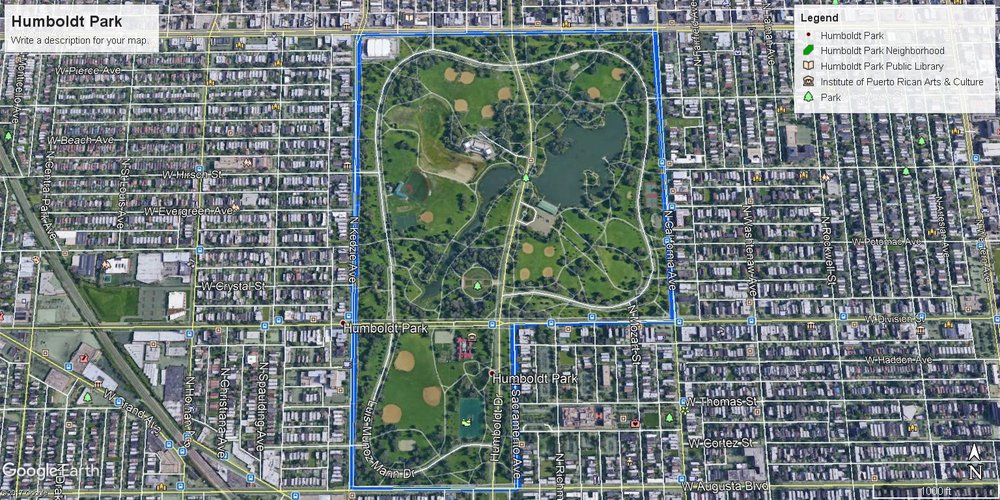
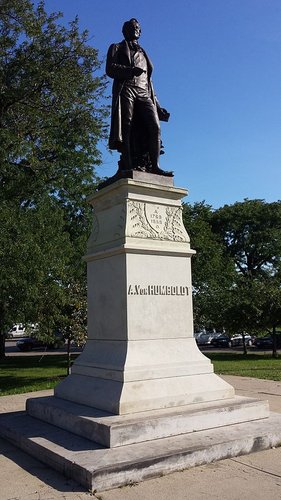
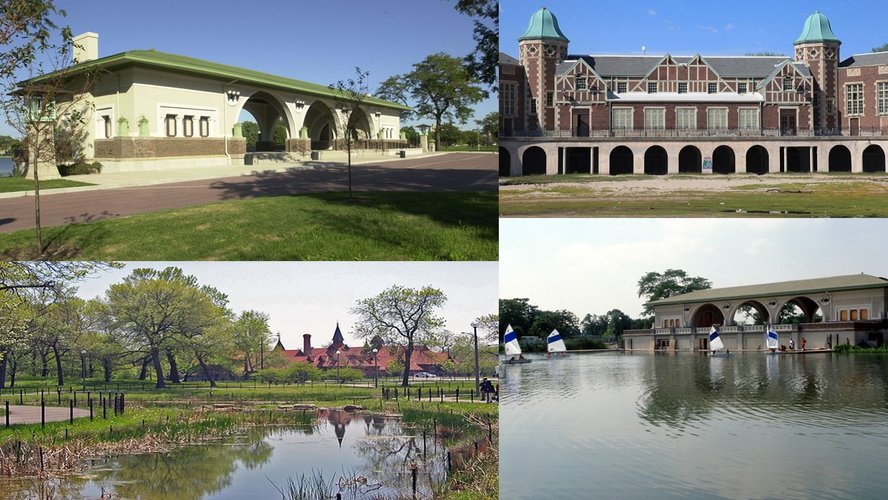
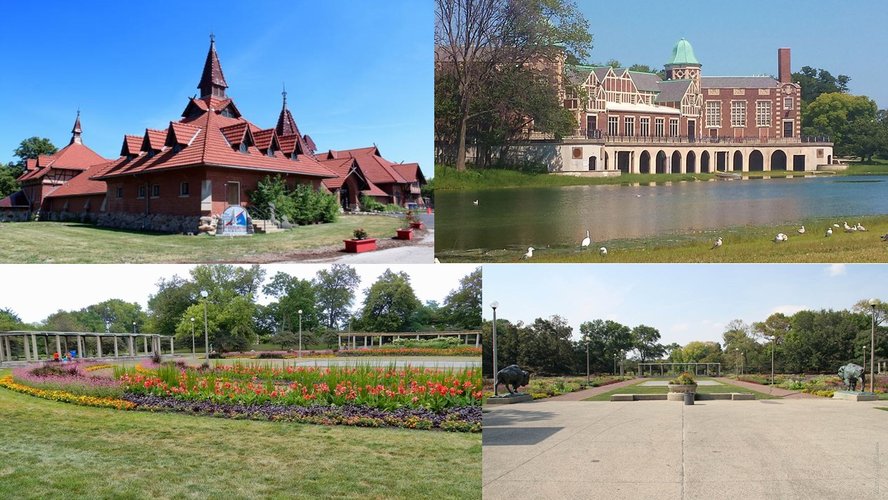
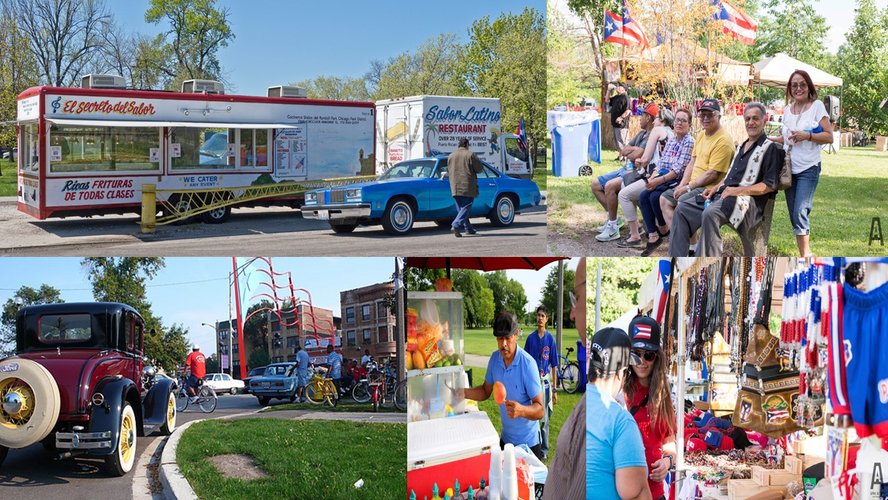

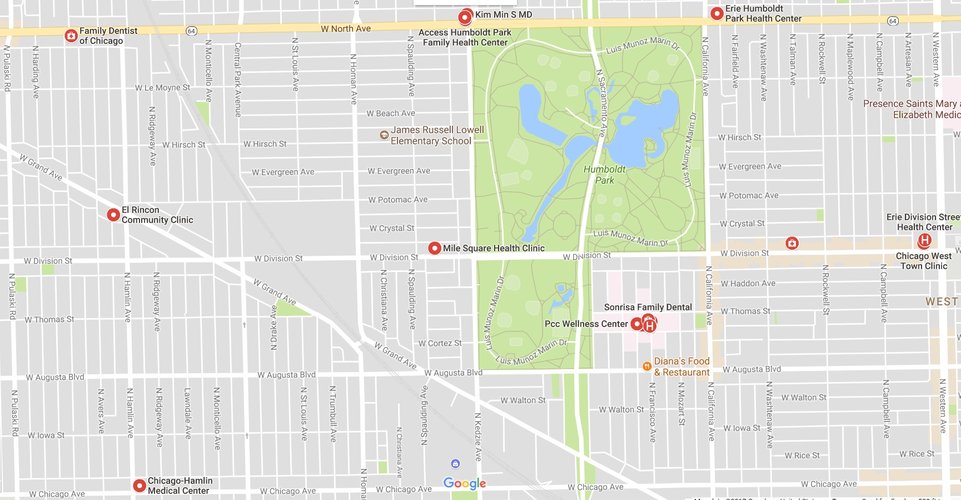
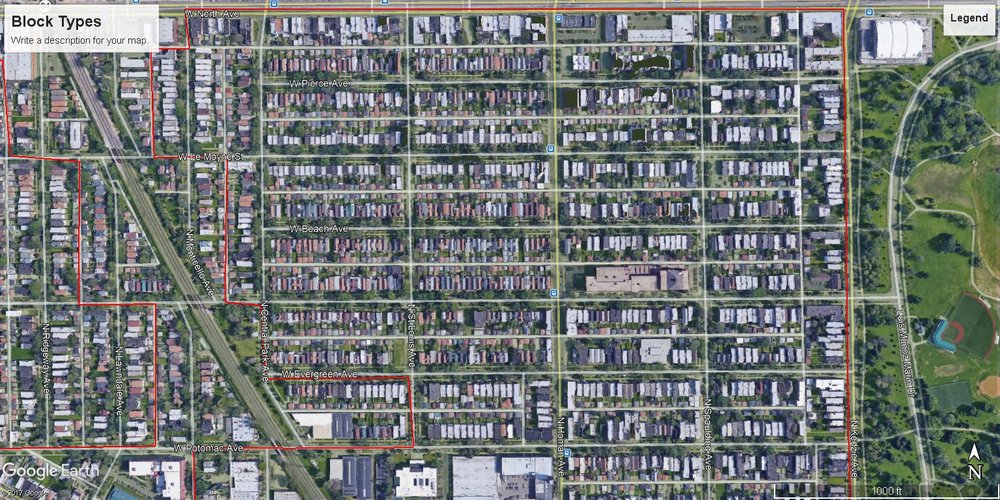


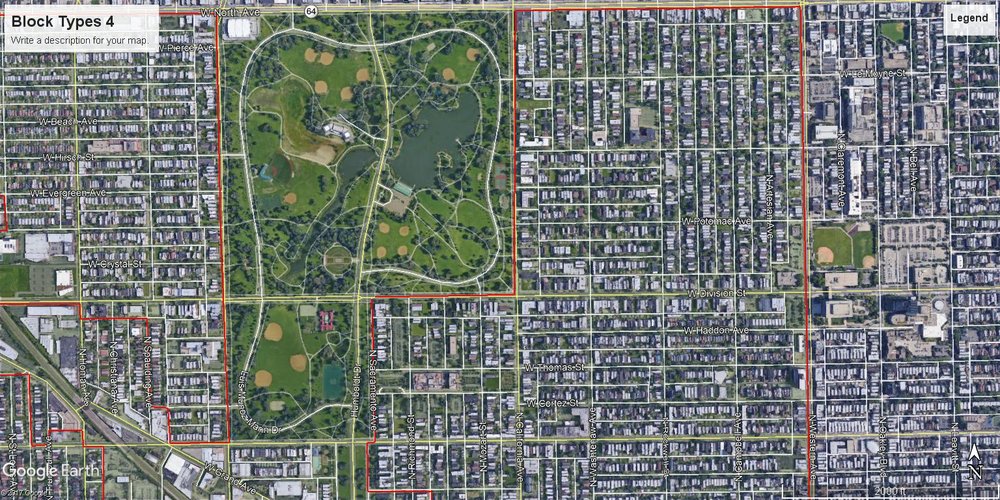
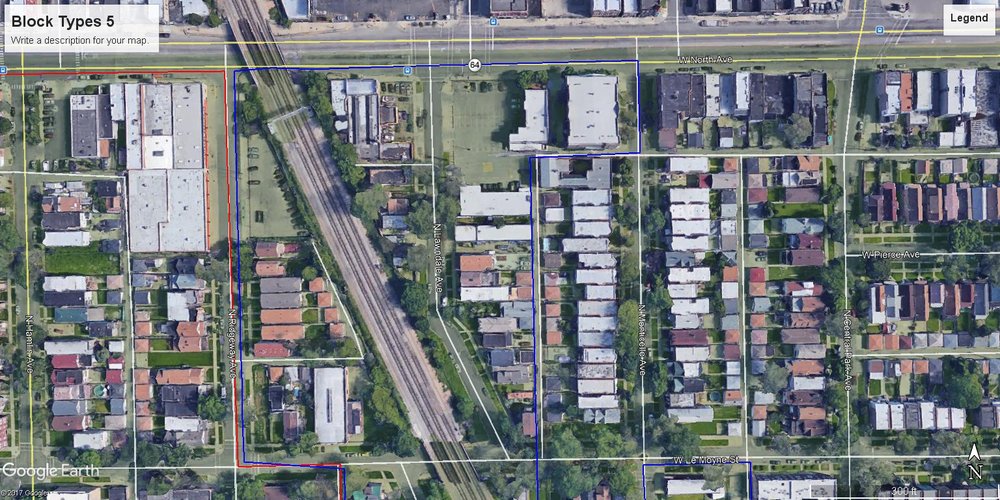

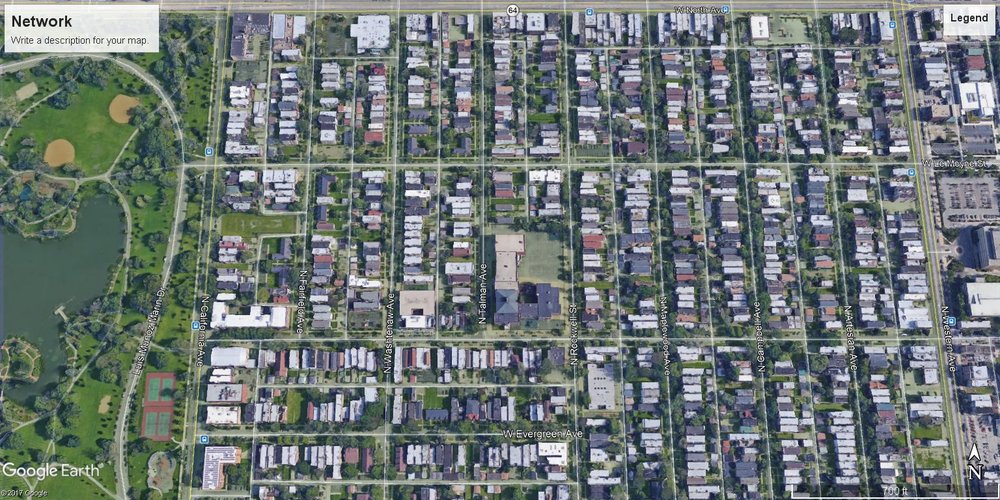
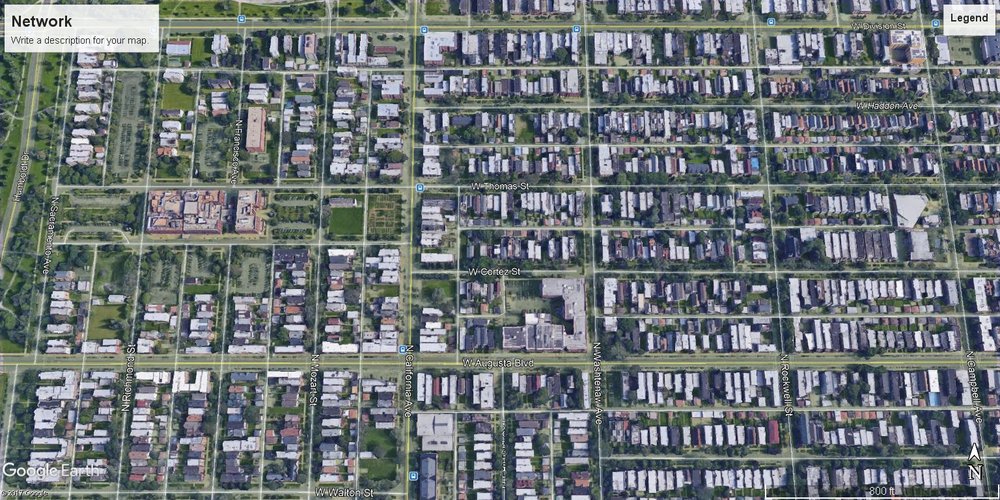

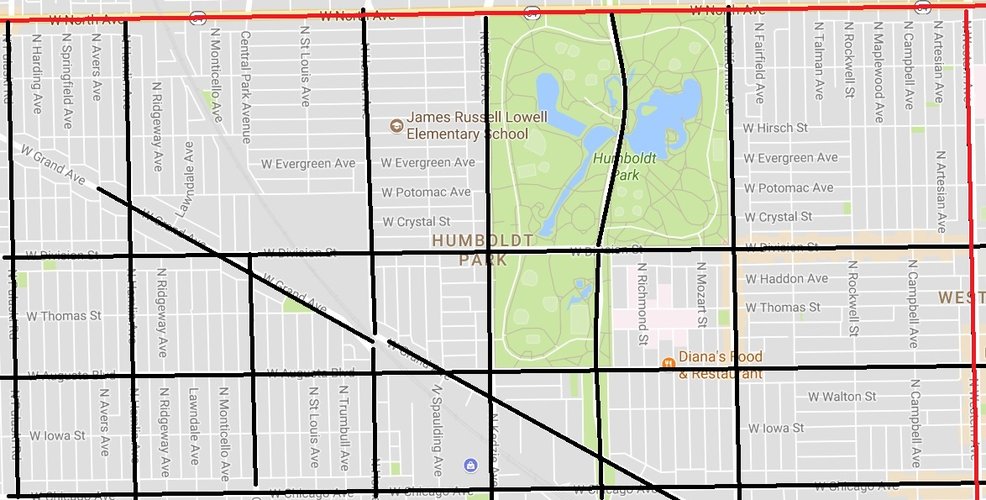

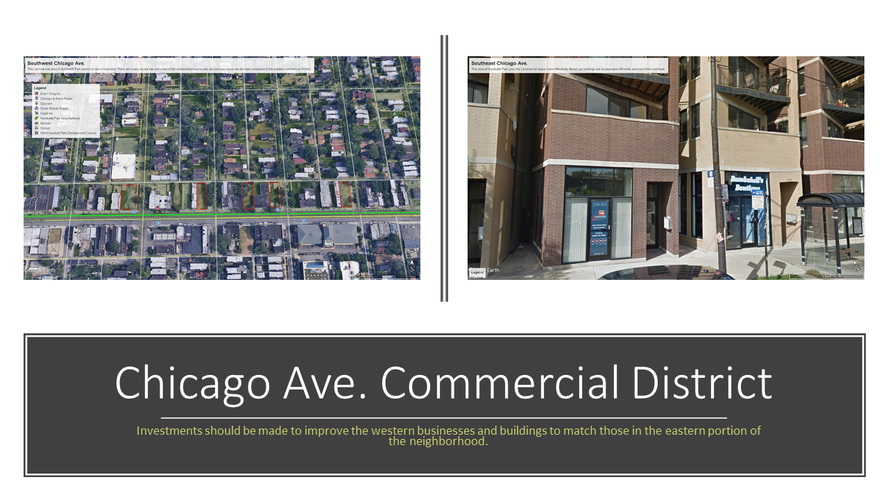
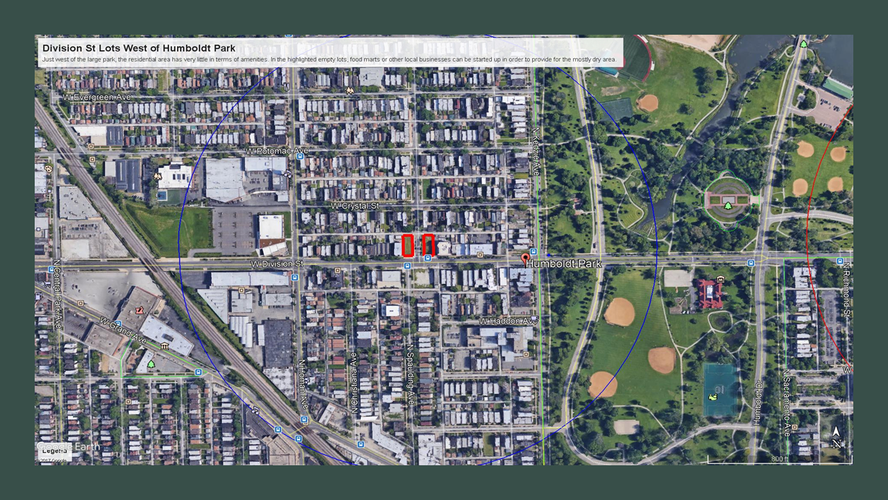
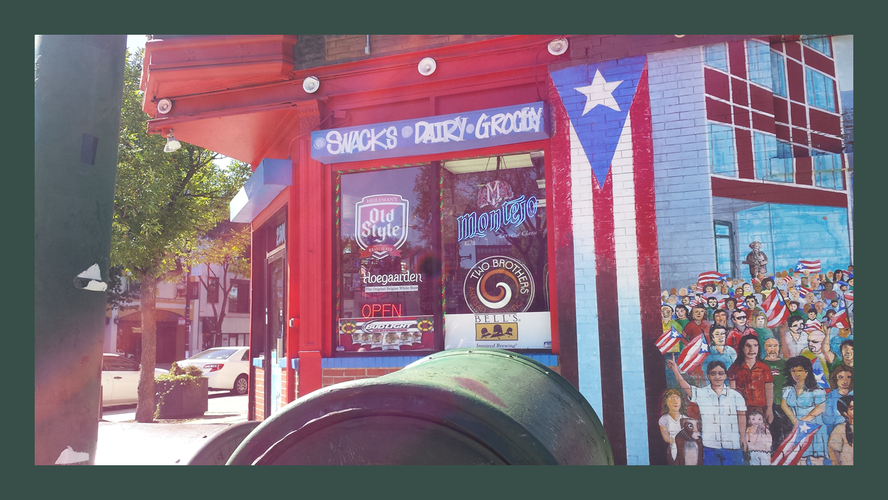
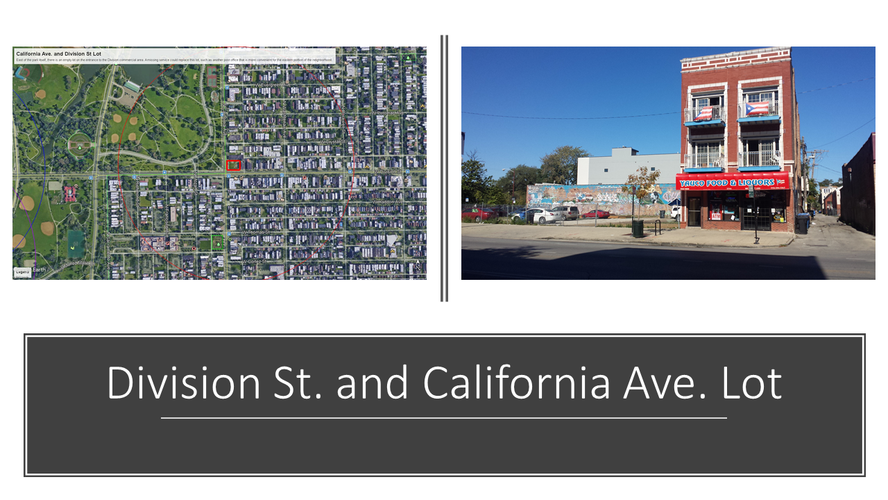
Social Mix
From the data gathered from Social Explorer and the Simpson Diversity Index scores, we can see that the Humboldt Park neighborhood is significantly diverse in terms of Educational levels and in Household income. However, the Simpson Diversity Index score is rather low for Race and Ethnicity. This is due to the fact that nearly half of the population (49.3%) is of Hispanic or Latino origin, however there still are sizable non-Hispanic White (23.8%) and non-Hispanic Black (22.7) populations within it. In comparison, racially the neighborhood itself is more diverse than the community area, slightly less diverse than the western region, and further less diverse than the city itself. In education, its diversity fairs better than the community area, and is only slightly less diverse than the western region and the city. This pattern mostly holds true for household income as well, with the sole exception being that the neighborhood just beats out the western region in this case. Overall, the Humboldt Park neighborhood does appear to be considerably diverse, and based on recent trends of population change, the racial aspect will continue to transform in the near future.
1. All data used for this table’s variables was collected using https://www.socialexplorer.com/